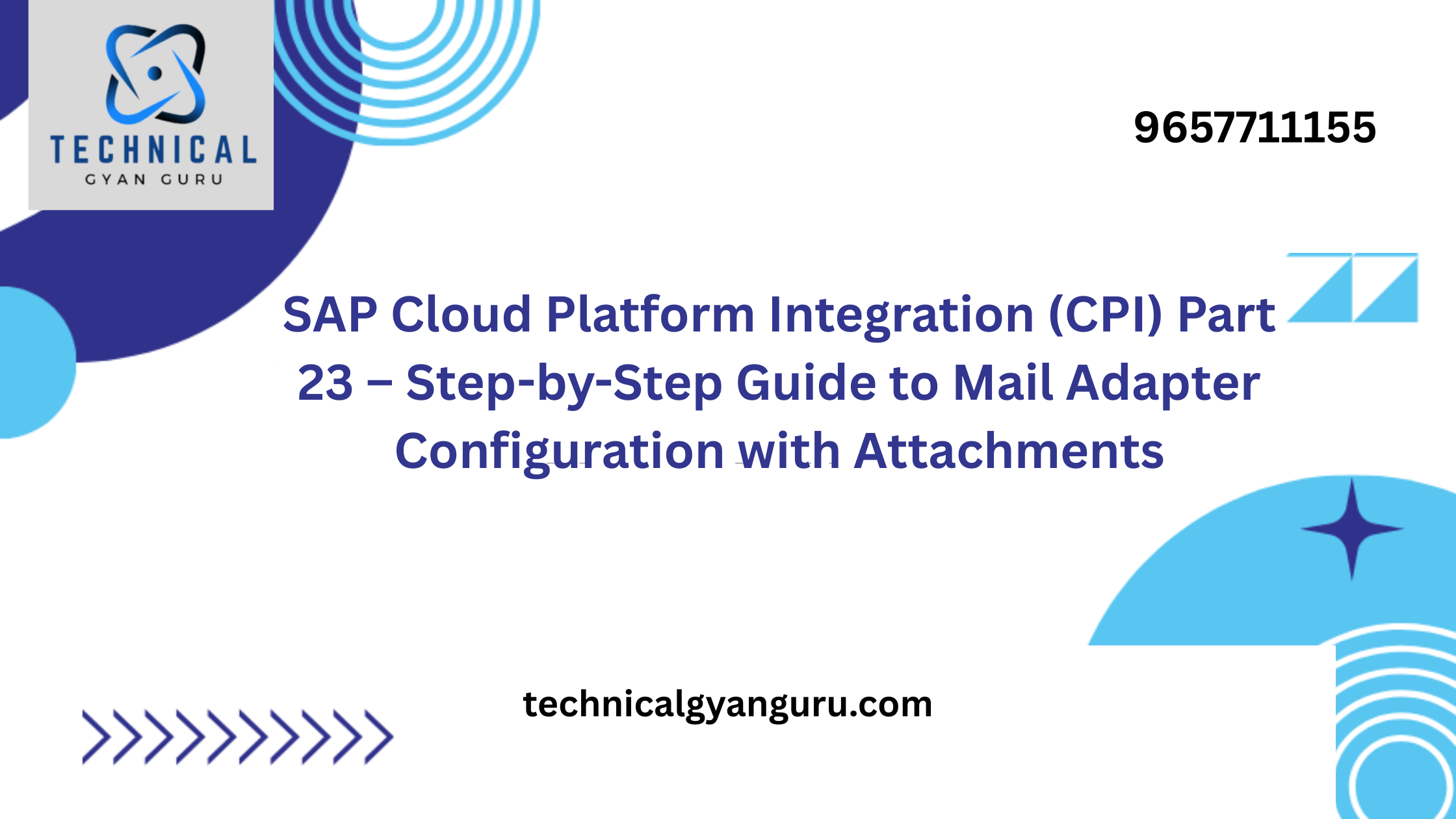
Explore SAP HANA Cloud Trial with a free Experience powerful, scalable cloud solutions for your data management and analytics needs. Start your trial today!
In today’s data-driven world, organizations are grappling with the ever-increasing volume, velocity, and variety of data. This presents both challenges and opportunities. Businesses need to effectively manage and analyze their data to gain valuable insights, improve decision-making, and drive innovation.
Enter cloud-based data platforms like SAP HANA Cloud. This powerful solution offers a secure and scalable environment to store, manage, and analyze your data. But before taking the plunge, it’s crucial to have a well-defined cloud data strategy.
This blog post dives deep into how you can leverage the SAP HANA Cloud trial to optimize your cloud data strategy. We’ll explore key considerations, practical steps, and valuable insights to ensure a smooth and successful transition to the cloud.
Understanding the Search Intent
Users searching for “SAP HANA Cloud Trial How to Optimize Your Cloud Data Strategy” are likely in the following stages:
- Evaluation: They’re considering migrating their data to the cloud and are evaluating SAP HANA Cloud as a potential solution.
- Planning: They’ve decided to explore SAP HANA Cloud and want to understand how to leverage the trial to optimize their cloud data strategy.
- Action: They’ve signed up for the trial and are seeking guidance on using it effectively to optimize their cloud data strategy.
Optimizing Your Cloud Data Strategy with SAP HANA Cloud Trial
The SAP HANA Cloud trial provides a valuable sandbox environment to experiment with the platform’s capabilities and assess its suitability for your specific needs. Here’s how to make the most of it:
1. Define Your Cloud Data Strategy Goals
Before diving into the trial, take a step back and define your cloud data strategy goals. What are you hoping to achieve by moving to the cloud? Here are some common goals:
- Improved data accessibility and scalability
- Enhanced data analytics capabilities
- Reduced IT infrastructure costs
- Simplified data management
- Faster time-to-insight
Having a clear understanding of your goals will help you tailor your exploration of the SAP HANA Cloud trial and identify the functionalities that will have the biggest impact.
2. Identify Your Data Landscape
Next, map out your current data landscape. This includes understanding the type, volume, and location of your data. Classify your data based on its sensitivity, access needs, and how often it’s used for analysis. This will help you determine the appropriate storage options within SAP HANA Cloud, such as in-memory for real-time analytics or the relational data lake for less frequently accessed data.
3. Explore SAP HANA Cloud Features
The SAP HANA Cloud trial allows you to experiment with a wide range of features, including:
- Data Ingestion: Test various data ingestion methods like bulk loading, real-time streaming, and integration with other cloud and on-premise applications.
- Data Management: Explore functionalities like data cleansing, transformation, and cataloging to ensure data quality and consistency.
- Data Security: Evaluate the platform’s security features, including access controls, encryption, and data residency options to ensure compliance with your organization’s security policies.
- Data Analytics: Test the capabilities of SAP HANA Cloud for real-time analytics, advanced analytics, and data visualization to understand how it can support your data-driven decision-making processes.
4. Develop a Proof of Concept (POC)
During the trial period, leverage the platform to develop a Proof of Concept (POC) for a specific use case. This could involve migrating a sample data set, performing data transformations, and building reports or dashboards. This POC will help you showcase the value proposition of SAP HANA Cloud to stakeholders and demonstrate its ability to address your business needs.
5. Performance Evaluation
Monitor the performance of SAP HANA Cloud during the trial. This includes aspects like data loading speed, query response times, and overall system responsiveness. This will help you assess the platform’s scalability and suitability for your expected data volumes and workloads.
6. Cost Optimization
The SAP HANA Cloud trial provides an opportunity to experiment with different configurations and resource allocation options. This allows you to identify the most cost-effective way to utilize the platform based on your specific needs.
7. User Adoption and Training
Consider user adoption and training plans as part of your cloud data strategy. Identify key stakeholders who will be using the platform and develop training materials to ensure they can leverage its functionalities effectively.
Conclusion
By taking a proactive approach and strategically utilizing the SAP HANA Cloud trial, you can gain valuable insights into the platform’s capabilities and tailor your cloud data strategy for optimal results. Remember, a well-defined cloud data strategy will ensure a smooth transition
you may be interested in this blog here:-
Landing Your Dream Job: The Ultimate Guide to SAP MM Consultant resume 3 years experience








